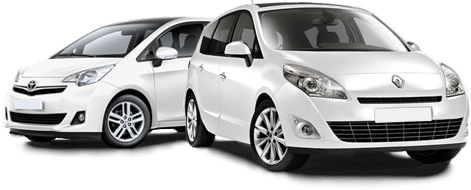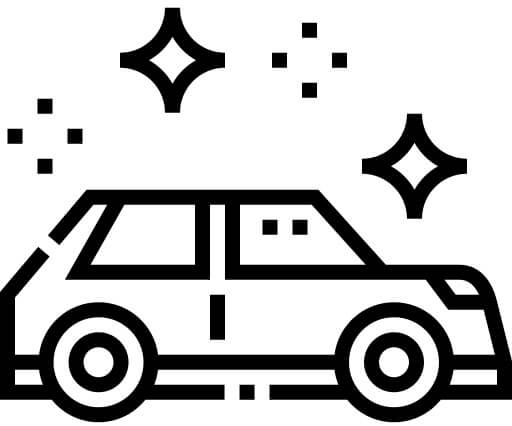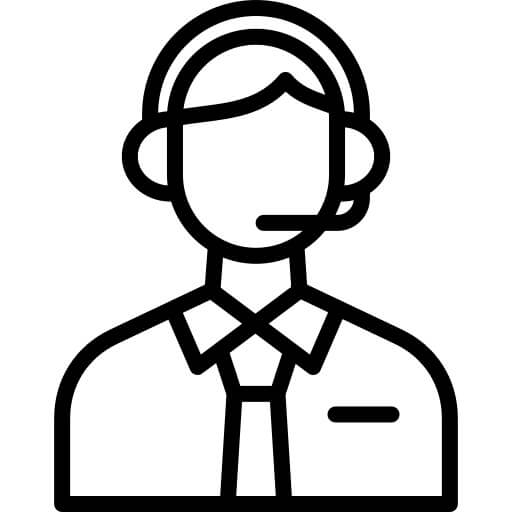1. What is the standard speed limit in Avalon and its surroundings?
The typical speed limit in Avalon's urban areas is usually 50 km/hr, while on highways and freeways, it may go up to 100-110 km/hr. Always observe and adhere to posted speed limit signs as they might vary depending on the specific route or area.
2. Can I use my foreign driving licence in Avalon?
Yes, visitors can use a valid overseas driver's licence in Avalon if it's in English. If not, it's recommended to carry an international driving permit or a certified English translation of your driving licence.
3. Are there any notable traffic rules I should be aware of in Avalon?
Apart from common international practices, remember that in Australia, vehicles are driven on the left side of the road. It's also essential to give way to vehicles coming from your right at a roundabout or an intersection.
4. Are there many toll roads around Avalon?
Yes, there are several toll roads in and around Avalon. Many of these use electronic tolling where your car registration plate is photographed. Make sure to find out your hire car company's policy for paying tolls.
5. Are there radar speed traps in Avalon?
Yes, both fixed and mobile speed cameras are used throughout Avalon and are often located in areas with high accident rates. Drivers are typically warned well in advance of the cameras' locations with signage.
6. Are there any particular driving laws in Avalon that I might not be aware of?
Yes, for instance, in Australia, you're required to carry your driver's licence with you at all times when driving. Also, it's illegal to drive with your arm or elbow sticking out of the window.
7. What about driving outside Avalon?
When travelling outside Avalon, be aware that some remote areas might have unsealed gravel roads. It's recommendable to use a suitable vehicle for these conditions and avoid driving at dawn or dusk due to wandering wildlife.
8. Is there a specific rule when overtaking other vehicles?
In Australia, you must only overtake other vehicles on the right, except when the vehicle in front of you is turning right, or if you're both travelling in marked lanes.
9. How do I know who has the right of way at intersections?
At 'Stop' signs or red 'Stop' lights, you must always come to a complete stop. At 'Give Way' signs, you need to slow down and prepare to stop. You must give way to any vehicles on or approaching the intersection on a terminating road.
10. What happens if I get a traffic fine?
If you have been issued a traffic violation or a parking ticket, fines have to be paid by you, the driver. Note that unpaid fines might incur additional charges.
11. What is the rule regarding child safety in the car?
In Australia, children under the age of seven must be secured in a child restraint or booster seat when travelling in a car. This is applicable to both front and rear seats.
12. In case of an accident, what should I do?
In the event of an accident, stop immediately and ensure everyone's safety. Alert the authorities if needed. Always inform the car hire company as soon as possible.
13. Am I expected to give way to buses in Avalon?
Yes, in Australia, if a bus signals to pull out from a bus stop, you are legally required to give way if it's safe to do so.
14. Are there any rules on honking?
The horn should only be used to warn other road users of your approach or presence, or to say goodbye to your friends. Unnecessary use of the horn is illegal.
15. Is it legal to perform U-turns in Avalon?
U-turns are allowed at intersections without a 'No U-turn' sign. However, you must give way to all other road users and perform the U-turn without obstructing the free movement of traffic.













